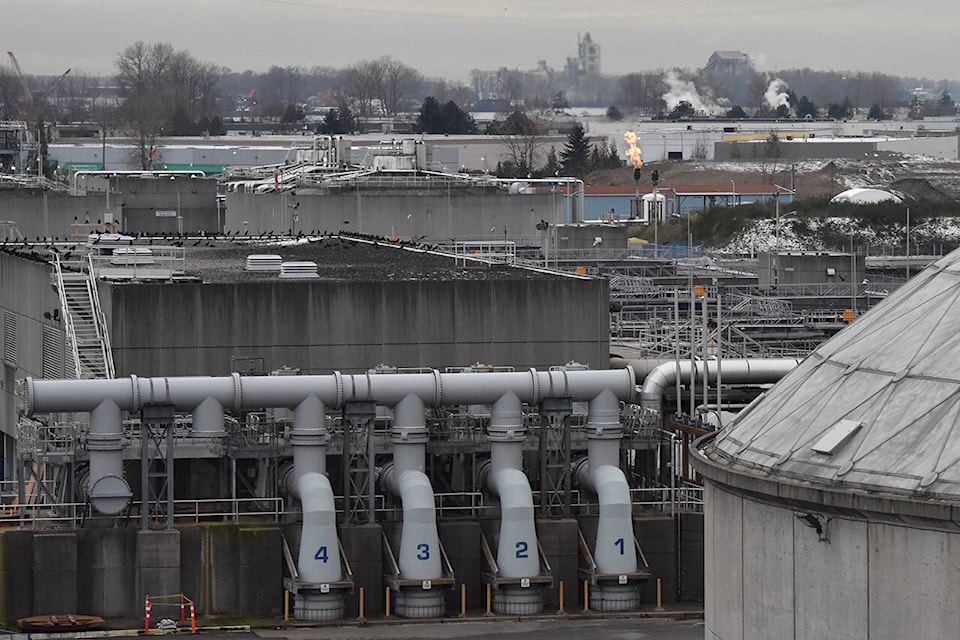Wastewater testing across Metro Vancouver showed the amount of COVID-19 viruses circulating appear to have plateaued or dropped across the region last week.
The B.C. Centre for Disease Control (BCCDC) and UBC have partnered with Metro Vancouver starting last year to regularly test sewage for the presence of COVID. Since people shed the virus in their waste products, testing sewage can show whether the general level of the virus in the Lower Mainland’s population is increasing or decreasing.
Test samples are usually taken every three days at the five wastewater treatment plants across Metro Vancouver, and results are released every Friday on Metro Vancouver’s website.
With many testing centres closed and self-testing more common, wastewater testing and hospitalizations are considered key ways of determining overall levels of COVID-19 in the region.
READ MORE: B.C. to end daily COVID case counts, shift to weekly reporting
Langley is served by two plants. The Northwest Langley facility treats waste for Walnut Grove, Fort Langley, and most of northern Willoughby. The Annacis Island treatment plan takes in waste from a broad area across Metro Vancouver, including Langley City, Brookswood, Murrayville and Aldergrove within Langley, but also from most of Surrey, Delta, large parts of Burnaby, Maple Ridge, and the Tri-Cities.
The recent Metro Vancouver testing shows the most recent peak in COVID viruses in wastewater at the Northwest Langley plant was on April 20. Measured in billions of copies, adjusted for water flows, levels hit more than 3,500 on that date.
Since then, they’ve fallen back to just over 1,100 on April 23 and just over 1,200 on April 25, the most recent date for which data has been released.
Those numbers remain high compared to readings taken in March, but are far off from the peaks seen during the first Omicron wave in late December and January, when virus levels of 4,000 to more than 6,000 were being recorded at the same plant.
At Annacis Island, the most recent peak, adjusted for water flows, was 127,000 on April 23. That high was seen after a steady march upwards during the month, which roughly matched the increase in hospitalizations seen in data from the provincial health authorities.
On April 25, numbers were down significantly, to just over 100,000.
Although still high compared to March, those numbers were barely a third of the typical virus sample numbers seen in early January, when readings of between 300,000 and 400,000 were common.
Iona Island, Lion’s Gate, and Lulu Island, which serve other areas of the region, all showed recent peak levels around April 23, followed by a decline, whether slight or dramatic, in the April 25 readings.
READ MORE: Canada needs a stronger COVID-19 detection system, experts say
